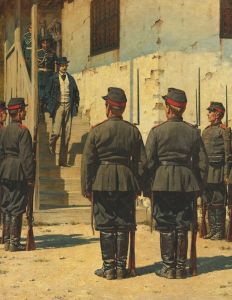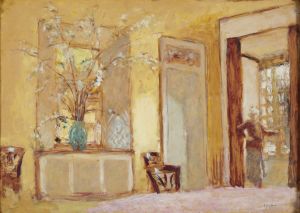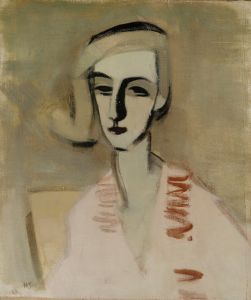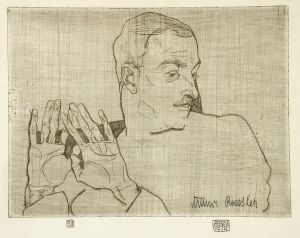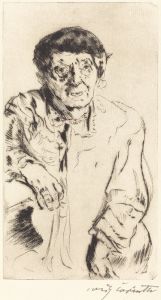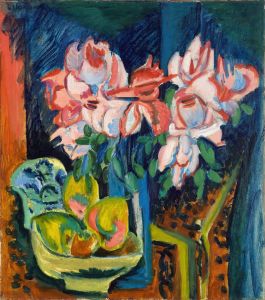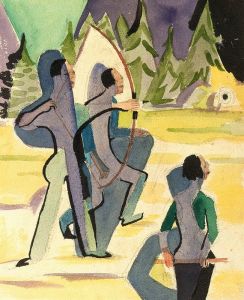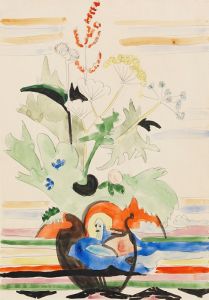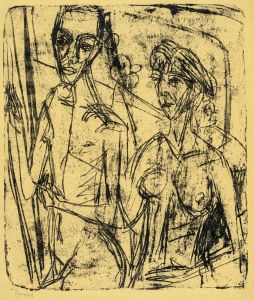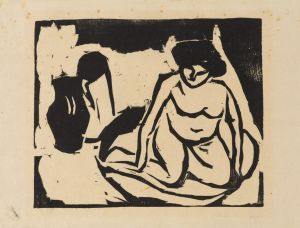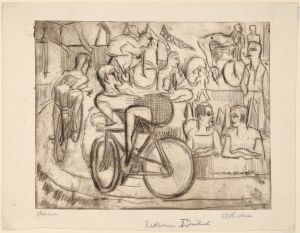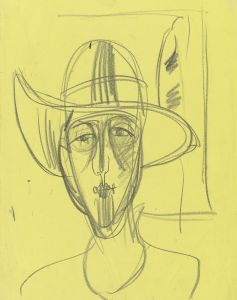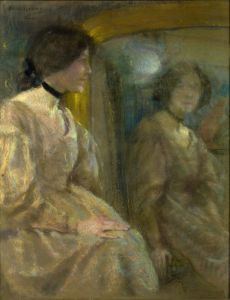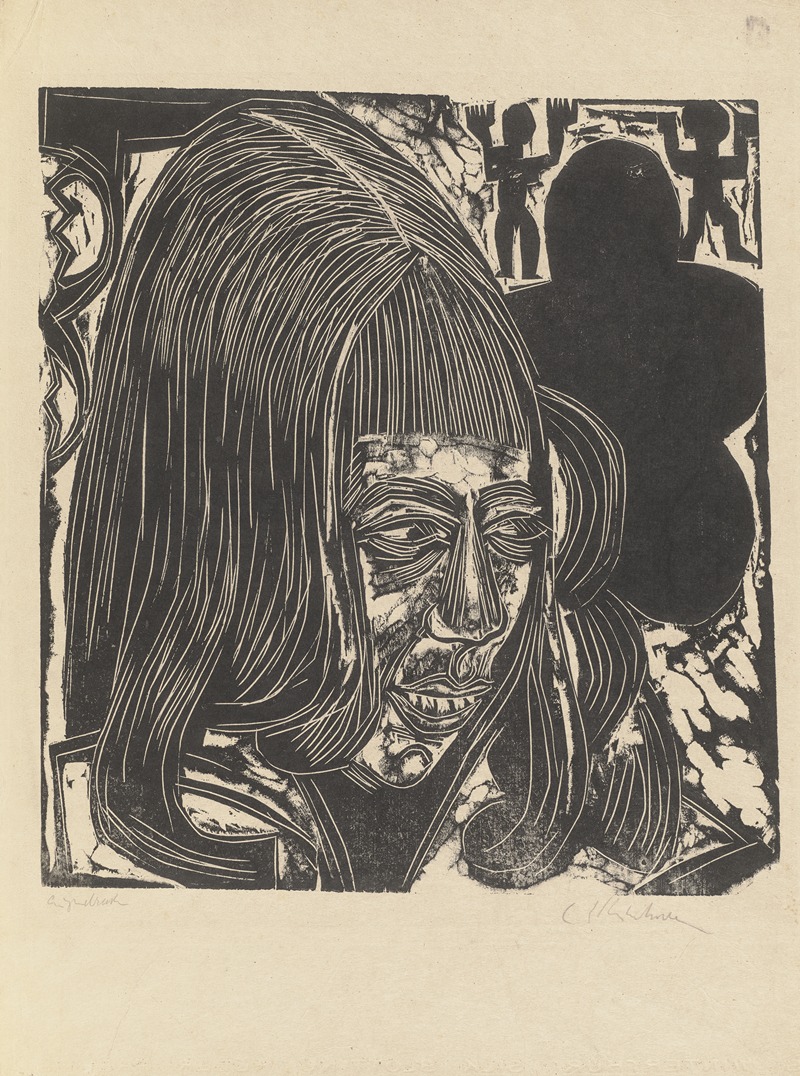
Tochter Sternheim. – Portrait Dorothea Sternheim
A hand-painted replica of Ernst Ludwig Kirchner’s masterpiece Tochter Sternheim. – Portrait Dorothea Sternheim, meticulously crafted by professional artists to capture the true essence of the original. Each piece is created with museum-quality canvas and rare mineral pigments, carefully painted by experienced artists with delicate brushstrokes and rich, layered colors to perfectly recreate the texture of the original artwork. Unlike machine-printed reproductions, this hand-painted version brings the painting to life, infused with the artist’s emotions and skill in every stroke. Whether for personal collection or home decoration, it instantly elevates the artistic atmosphere of any space.
Ernst Ludwig Kirchner, a prominent German expressionist painter, created the artwork "Tochter Sternheim. – Portrait Dorothea Sternheim" in 1910. Kirchner was a founding member of the influential artist group Die Brücke (The Bridge), which played a crucial role in the development of Expressionism in early 20th-century Germany. His work is characterized by bold colors, dynamic compositions, and a focus on the emotional and psychological aspects of his subjects.
The painting "Tochter Sternheim" features Dorothea Sternheim, the daughter of the German playwright Carl Sternheim. Carl Sternheim was a notable figure in the German literary scene, known for his satirical plays that critiqued the bourgeois society of his time. The Sternheim family was part of the cultural milieu that Kirchner often interacted with, providing him with subjects that were both personally and artistically significant.
In this portrait, Kirchner employs his distinctive style, using vibrant colors and expressive brushstrokes to capture the essence of Dorothea Sternheim. The painting reflects Kirchner's interest in portraying the inner life and emotions of his subjects, a hallmark of his expressionist approach. The use of color and form in the painting is intended to convey the mood and personality of Dorothea, rather than to provide a realistic depiction.
Kirchner's work during this period was heavily influenced by the artistic movements of the time, including Fauvism and Post-Impressionism, which emphasized bold color and expressive techniques. His involvement with Die Brücke also encouraged experimentation and a break from traditional artistic conventions, which is evident in the innovative style of "Tochter Sternheim."
The painting is part of Kirchner's broader body of work that often explored themes of modernity, urban life, and the human condition. His portraits, in particular, are noted for their psychological depth and ability to convey the complexities of his subjects' personalities. "Tochter Sternheim" is a testament to Kirchner's skill in capturing the essence of his subjects through his unique expressionist lens.
Ernst Ludwig Kirchner's contributions to the art world extend beyond his paintings. He was also involved in printmaking and sculpture, and his work has been influential in shaping the course of modern art. Despite facing personal and professional challenges throughout his life, including struggles with mental health and the impact of World War I, Kirchner remained a pivotal figure in the expressionist movement until his death in 1938.
Today, Kirchner's works, including "Tochter Sternheim," are celebrated for their innovative approach and emotional intensity. They are housed in major art collections and museums worldwide, where they continue to be studied and admired for their contribution to the development of modern art. The painting serves as an example of Kirchner's ability to blend personal connections with artistic expression, creating works that resonate with viewers on both an emotional and intellectual level.





